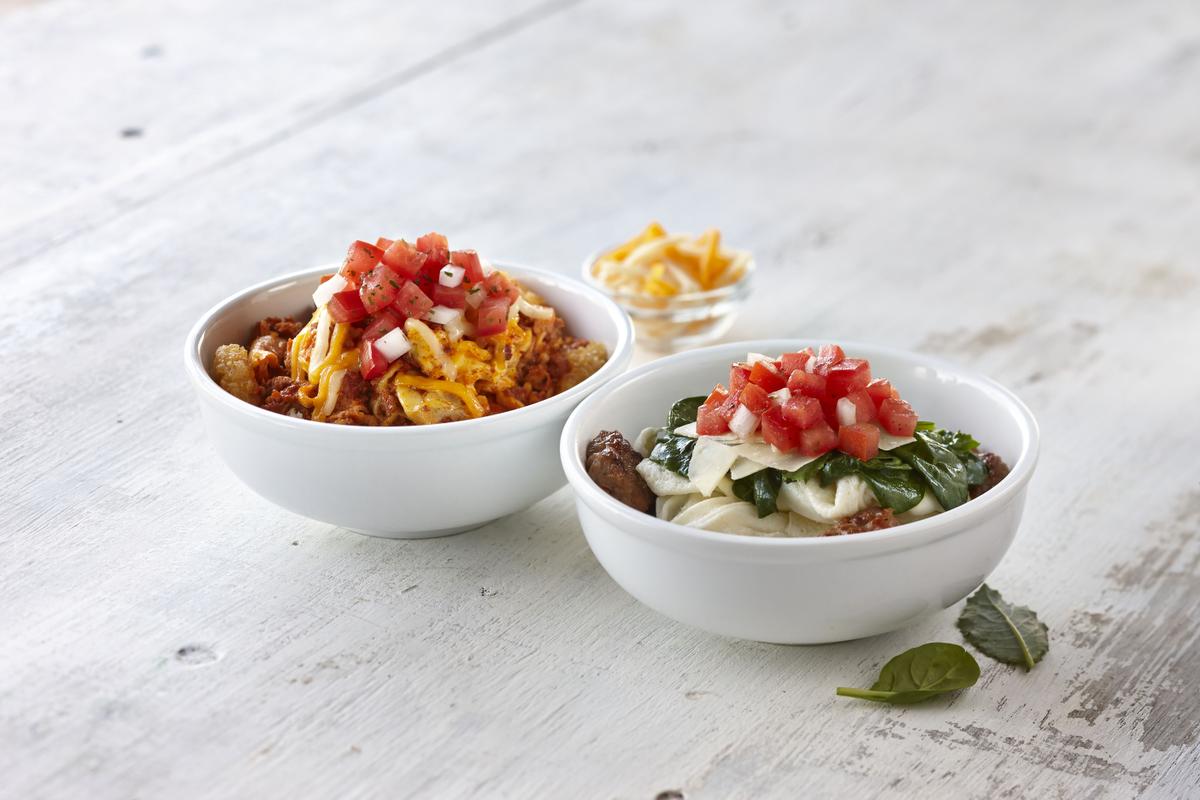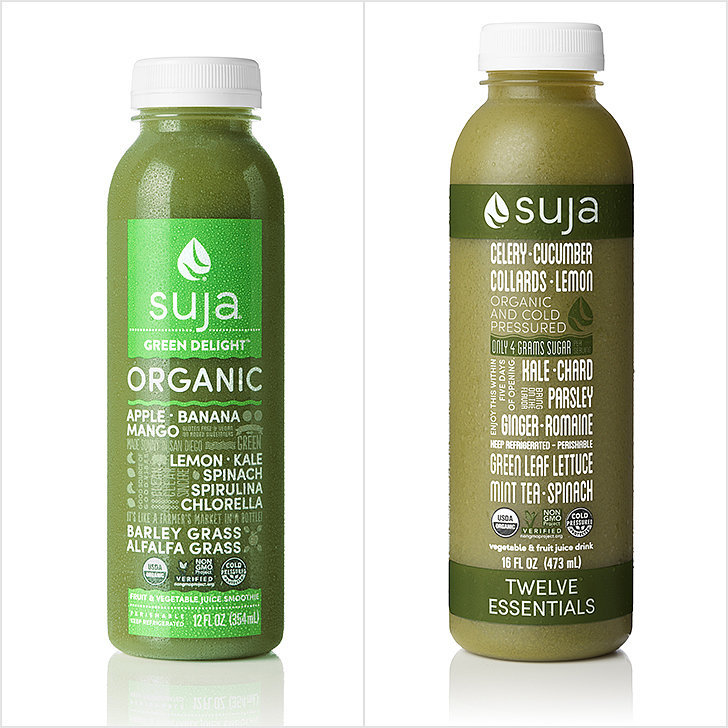
Credit iStock
Maybe you’ve swiped a bite of raw cookie dough while preparing a batch to bake. Or perhaps you’ve let your children lick the batter from the cake bowl, or use homemade “play dough” to make crafts. But even if the dough is free of raw eggs, which you think might give you a pass, don’t eat it.
Yesterday, the Food and Drug Administration issued a message warning people not to eat raw dough because of a recent outbreak of E. coli linked to contaminated flour.
So far, a reported 38 people in 20 states have been infected by a strain of bacteria called Shiga toxin-producing E. coli O121 found in flour. The infections began last December, and 10 of those infected have been hospitalized.
Symptoms of the bacterial infection include severe stomach cramps, diarrhea (often bloody), and vomiting. Most people get better within a week, but in some cases, infections can lead to a type of kidney failure called hemolytic uremic syndrome. Those who are most vulnerable to severe illness include children under 5, older adults and people with weakened immune systems.
Investigations by the Centers for Disease Control and Prevention and the F.D.A. traced the source of the outbreak to flour that was produced in November 2015 at the General Mills facility in Kansas City, Mo. General Mills has issued a voluntary recall of 10 million pounds of flour produced between Nov. 14 and Dec. 4, sold under three brand names: Gold Medal, Signature Kitchens and Gold Medal Wondra. Flour that is part of the recall should be thrown away.
Unlike other raw foods, like eggs or meat — which many people recognize as contamination risks — “flour is not the type of thing that we commonly associate with pathogens,” said Jenny Scott, a senior adviser in the F.D.A.’s Center for Food Safety and Applied Nutrition.
In this case, investigators believe that the grain became contaminated in the field, where it is exposed to manure, cattle, birds and other bacteria. “E. coli is a gut bug that can spread from a cow doing its business in the field, or it could live in the soil for a period of time; and if you think about it, flour comes from the ground, so it could be a risk,” said Adam Karcz, an infection preventionist at Indiana University Health in Indianapolis.
Normally, flour is cooked before it is consumed, destroying any pathogens. “For the most part, the risk from flour is pretty low, and most use of flour involves a ‘kill step’ — people bake with it,” Ms. Scott said. In commercial uses like “raw” cookie-dough ice cream, companies generally heat-treat it to eliminate bacteria, she said.
Consumers, then, need to be aware that they should follow food safety guidelines for flour. That means washing your hands thoroughly before and after handling raw flour. And Ms. Scott warned against letting children play with homemade play dough. “Kids are going to handle it and touch their faces, and they’re going to lick their fingers; it’s hard to supervise that,” she said.
At home, Mr. Karcz suggests sealing your flour container and storing it in a cool, dry place to prevent contamination. And after using flour, be sure to clean up your countertops, cutting boards and utensils to prevent the spread of any bacteria.
If you do develop symptoms of infection, contact your health care practitioner for treatment and to report the illness, particularly if you suspect it’s connected to an outbreak.
“We want to encourage consumers to report their illnesses, even though it’s an imperfect system,” Ms. Scott said. “We’d like to have the tests done and get everything reported and identify these outbreaks so we can follow up, discover root causes and make changes in the system so that people don’t get sick in the future.”





